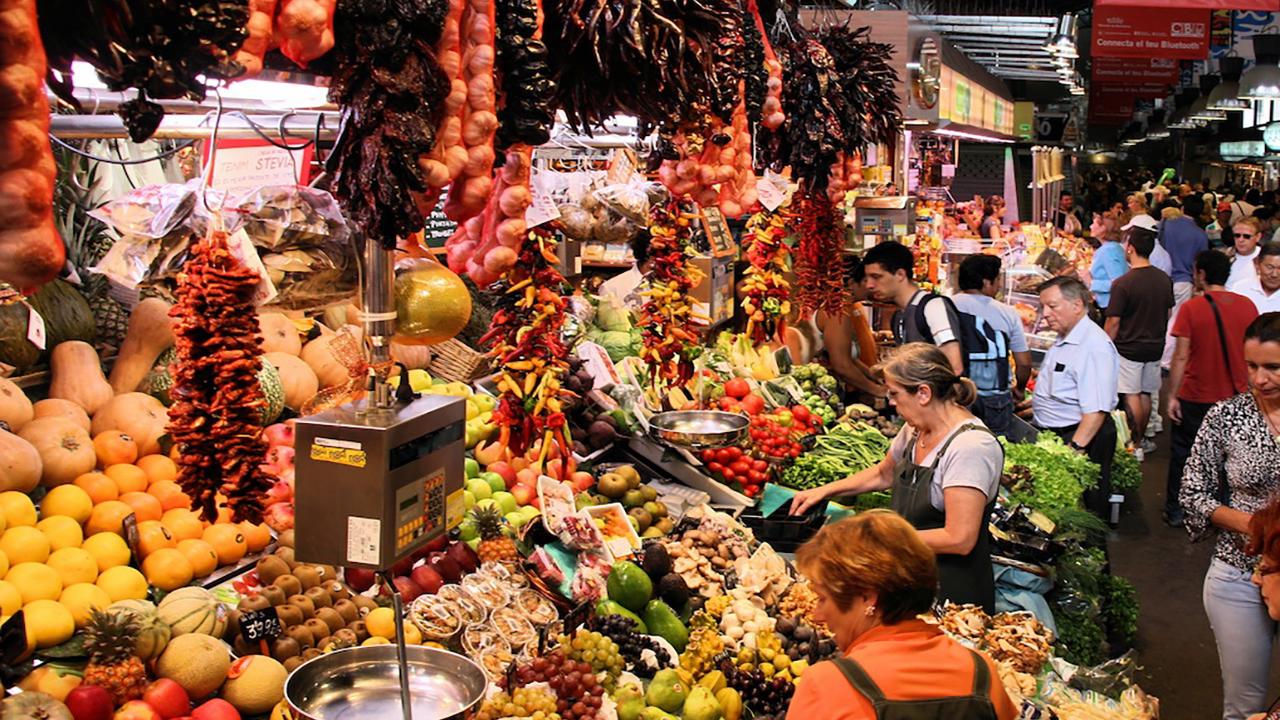After the slowest quarterly GDP growth rate in the second quarter this year since the final quarter of 2014, initial figures for the third quarter are also disappointing. This provides further evidence of a slowdown in the Spanish economy.
The purchasing manager’s index for the service sector—a survey of firms regarding their views on the economy—declined sharply from 55.4 in June to 52.6 in July, the lowest level since November 2013. For the manufacturing PMI, the drop was less pronounced (from 53.4 in June to 52.9 in July), but the indicator has been on a downward trend since March 2018. All this shows further evidence of a deceleration in the economy, ING reported.
Last week, preliminary figures showed that the Spanish economy expanded by 0.6% quarter on quarter in the second quarter of 2018, compared to 0.7% in the first quarter.
Since 4Q 2014, the economy has expanded by at least 0.7% QoQ. This extraordinary run is now over. The deceleration in the second quarter was expected as PMIs declined. Retail sales were also hit and this showed up in slower household consumption growth (0.2% QoQ, compared to 0.7% in the first quarter).
On a year-on-year basis, the economy grew by 2.7% in 2Q, compared to 3% in the previous quarter. The contribution of domestic demand was 2.9 percentage points, 0.1 percentage points higher than the previous quarter. External demand had a negative contribution of 0.2 percentage points, compared to the +0.2 percentage point contribution previously. Given the moderate slowdown in the eurozone, however, this is not surprising.
“That said, we think the Spanish economy is still in good shape. The strong labor market, for example, will continue to support consumption. Tourism also continues to support the economy, with slightly more international tourists entering the country in the first six months of the year compared to the same period last year.
“We nevertheless forecast that the economy will slow down a bit further in the coming quarters. Given the extraordinary performance in previous years (above 3% annual growth since 2015), this should not be viewed as a sign of trouble. For 2018 as a whole, we forecast a decent growth rate of 2.6%,” ING report said.


